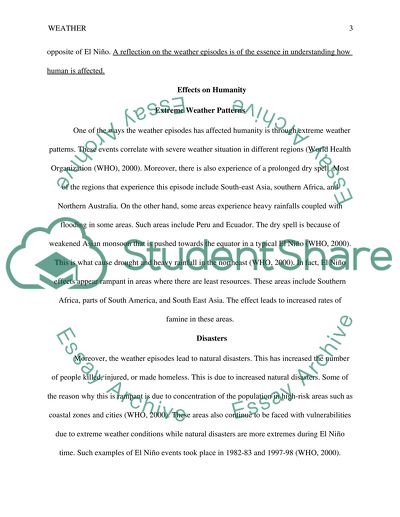Cite this document
(“El Nio/La Nia, ( weather) Essay Example | Topics and Well Written Essays - 1750 words”, n.d.)
Retrieved from https://studentshare.org/geography/1492136-el-niola-nia-weather
Retrieved from https://studentshare.org/geography/1492136-el-niola-nia-weather
(El Nio/La Nia, ( Weather) Essay Example | Topics and Well Written Essays - 1750 Words)
https://studentshare.org/geography/1492136-el-niola-nia-weather.
https://studentshare.org/geography/1492136-el-niola-nia-weather.
“El Nio/La Nia, ( Weather) Essay Example | Topics and Well Written Essays - 1750 Words”, n.d. https://studentshare.org/geography/1492136-el-niola-nia-weather.


